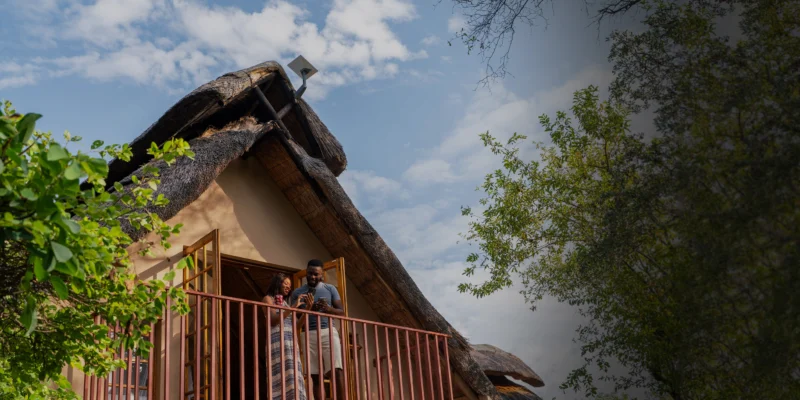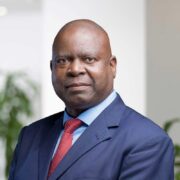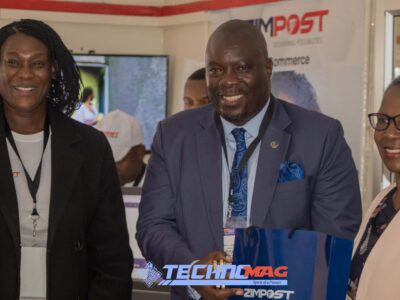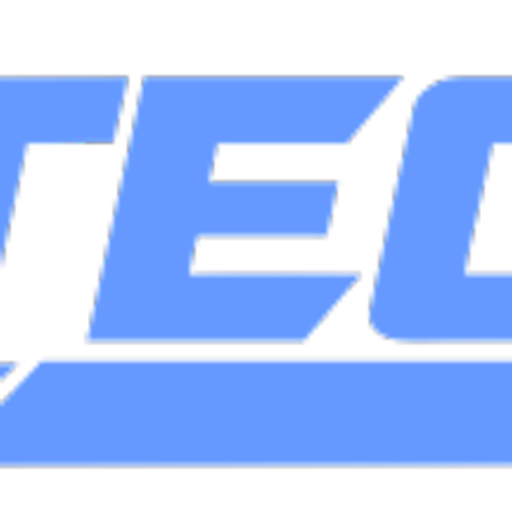SpaceX’s satellite Internet service, Starlink, has intensified its efforts to enter South Africa’s telecommunications market by launching a dedicated web page outlining the potential benefits of its high-speed connectivity. Titled “Connect the Unconnected Across South Africa,” the page highlights that over 18 million South Africans still lack access to reliable broadband, particularly in rural areas. This comes not so long after the company’s R500 million bid.
Starlink emphasised its commitment to bridging this digital divide but pointed out that current ownership regulations under South Africa’s Broad-Based Black Economic Empowerment (B-BBEE) laws prevent it from obtaining the necessary telecoms licenses. The company stressed that while it supports the goals of B-BBEE, the lack of Equity Equivalent Investment Programmes (EEIPs) in the telecom sector blocks its entry.
Starlink clarified that it is not seeking special treatment but rather a policy adjustment that would extend EEIPs already recognised in other industries to telecommunications. EEIPs allow multinational corporations to meet B-BBEE requirements through alternative investments rather than direct equity sales to historically disadvantaged groups.
By Gamuchirai Mapako
“This change would apply to all current and future operators, not just Starlink,” the company stated. Major tech firms like Google, Amazon, and Microsoft already operate in South Africa under EEIP frameworks in other sectors. However, telecom regulations currently do not permit this model, forcing Starlink to seek a legislative shift before it can launch locally.
As part of its commitment to South Africa, Starlink has earmarked R500 million to provide free Internet to 5,000 rural schools. The company argued that its satellite-based service could bypass traditional infrastructure challenges, delivering high-speed connectivity to underserved regions.
“Connectivity fuels economic growth,” Starlink said.
“From logistics and manufacturing to public safety and emergency response, high-speed Internet supports industries across the board.” The company also shared success stories from 24 African and international markets where its service has helped businesses and communities overcome connectivity barriers.
The Department of Communications and Digital Technologies (DCDT) issued a policy direction on May 23, 2025, proposing the inclusion of EEIPs in telecom licensing. The proposal received an overwhelming 19,000 public submissions within the 30-day comment period.
Communications Minister Solly Malats noted that initial feedback indicated strong public support for the change. However, the proposal has faced political pushback, with some MPs accusing the government of creating a “back door” for Starlink to bypass B-BBEE rules.
President Cyril Ramaphosa, however, has backed Malatsi, stating that EEIPs align with South Africa’s economic transformation goals. The Department of Trade, Industry, and Competition (DTIC) also clarified that EEIPs are designed for multinationals that cannot comply with traditional equity ownership rules due to their global business models.
Existing satellite Internet providers in South Africa, such as Vodacom and MTN’s satellite partners, operate through local ISPs that comply with B-BBEE ownership requirements. Starlink’s direct-to-consumer model complicates its entry, as it does not rely on third-party distributors.
Industry analysts suggest that if the policy shift occurs, Starlink could disrupt South Africa’s telecom sector by offering competitive pricing and faster rollout in remote areas. However, critics warn that without strict oversight, foreign operators could dominate the market, side-lining local players.
The DCDT is still analysing public feedback, and a final decision on EEIPs in telecoms is expected in the coming months. If approved, Starlink could begin operations in South Africa by early 2026, significantly expanding Internet access in rural and peri-urban areas.
For now, South Africans eager for Starlink’s services must wait as the regulatory debate unfolds.











Comments